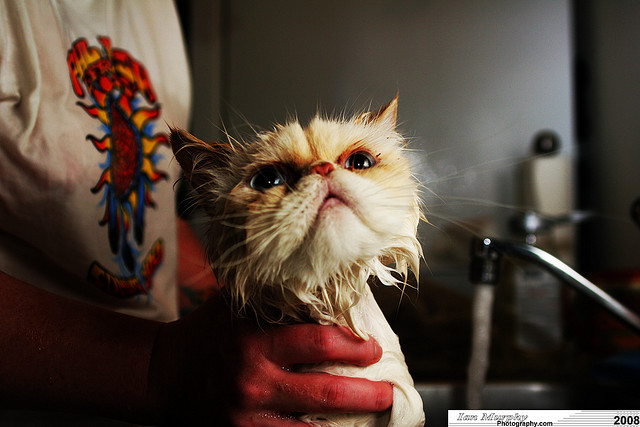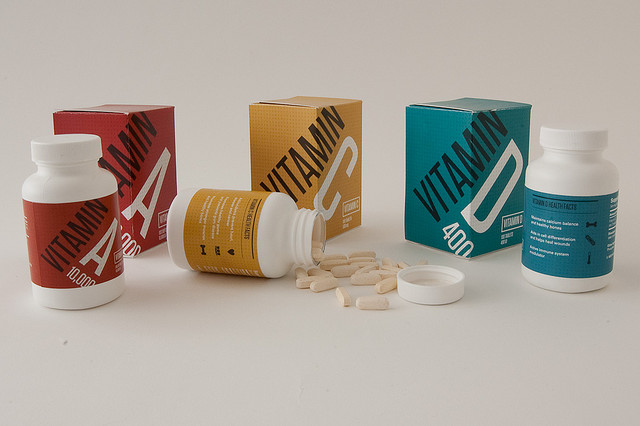Share the post "Shop Smart with Grocery List Strategies: What not to Buy in Bulk"

If you want to save on foods, start at the beginning – with your .
Smart shopping is all about strategy and flexibility. Shopping on a budget may have you thinking, “bulk bulk bulk!” but that is not always the best plan. To really start saving money, you’ll have to shop smart, too. There are many effective grocery shopping tips already out there, and here’s another you may want to try.
Whether you’re a member of a wholesale chain or not, this plan may help you feel more at ease and ready to start saving money while shopping smart. Use this plan as a guideline for how to organize your grocery list. It works by separating your list into three main categories: the Must Haves, the Get Ifs, and the Treats.
The Must Haves
These are those items that, no matter what, your household needs to function. These essential items are part of your lifestyle, but be honest here, because you are trying to save on foods and other items. Anything that you don’t have an immediate need for should go into the next category. The one exception are those products and foods that are consumed almost daily, but many of those things, like toiletries, can be stored in larger quantities as long as space permits.
If an item is on sale and can be stored, consider springing for a larger quantity. Paper products, reasonable quantities of pet foods, canned soups, cereals and grains; these are all great candidates for bulk purchases but only if you can keep those grains dry and you have the storage space for the other items. Any must have that is also on sale should be strongly considered as a possible bulk purchase. Remember that in order to keep many foods fresh while freezing, you may want to divide the goods into usable portions. Individually wrapping chicken breasts in baggies can keep that bulk-buy fresher longer by slowing the onset of freezer burn.
However, avoid buying bulk quantities of some items. Things with short shelf life are an obvious no, but also shy away from certain items that only appear to be a great deal. A gallon of cat-shampoo may seem like a great deal for that low, low price per ounce, but how often does Pickles really take a bath? And when it comes to chocolates or other rich treats- save those indulgences for the Treats section.
Stick to what you know, too. Only buy in bulk things you know you and yours will enjoy. There may be a sale on that new soup flavor, but how closely does it taste, really, to a Philly-cheese sandwich? Don’t commit to fifteen servings until you’re certain you’ll enjoy them.
The Get Ifs
These are those items that start to make this cash saver shopping strategy fun. They are non-essential, but things you like. Specific meal ingredients like meats and spices should go under this category. Meat never needs to be purchased if it isn’t on sale. Many groceries will steeply discount any cut if it is close to the sell-by date. As long as it is either cooked or frozen soon, it will be safe for consumption.
Keep in mind your household’s consumption, and plan meals according to sales you find. Think of the food shopping experience as a tasty adventure- you might not really know what you’re going to get to taste until you arrive at the store and start exploring. Stay open to sales and embrace your creativity.
Wait until you see a great deal on those pork chops before committing to a meal plan, and dig into your flavor-filled-memory bank once you find the bargain to remember all those possible side dishes that could compliment that main course.
And remember, unless there is a pressing need, over the counter medicines and cosmetics should fall under the Get If category. Large quantities of basic pain relievers or cold medicine may be cost effective per dose, but remember that you’re likely not treating the headaches of the whole neighborhood and these products do have expiration dates. Makeup creams are a lost less effective when they dry out. If you see a great sale, consider a restock. Otherwise wait until absolutely necessary. That inevitable sale is bound to come around and you will be thankful that you decided to wait for it.
Vitamins are also a great Get-If candidate. They last awhile, but their regularity of consumption also makes it easy to figure out just how many your household can keep at one time. Stock up to the limit when they’re on sale and you’ll easily start saving money without compromising your routines.
The Treats
This section of your list may be the most fun. Anything otherwise unnecessary for daily life goes here. But while trying to shop smart, it is important to keep options open. Note several things in this section, but don’t set your heart on any one single item. Think of the Treats portion as a sort of shopping network of possibilities. Only buy a Treat item if it is on sale, but try to list enough possibilities here that you’ll definitely be able to find something while in the store.
After all, we’re trying to think of ideas for how to spend less on groceries not for how to live a less happy and indulgent life. Don’t shirk away from quality here, either. On occasion, it’s okay to get that decent bottle of wine or the good chocolate. The trick in the treats is to keep quantity down. Get something good for your efforts. Reward yourself a little for your smart shopping by staying open to the sales and finding something truly tasty that is also on sale. Take a moment to slow down and enjoy the treats you find. Savor the flavors! Savor the savings!
«Buy Me a Pie!» — the most convenient, easy and elegant grocery list application :(iPhone/iPad) | (Android) |
Share the post "Shop Smart with Grocery List Strategies: What not to Buy in Bulk"









 EN
EN  RU
RU